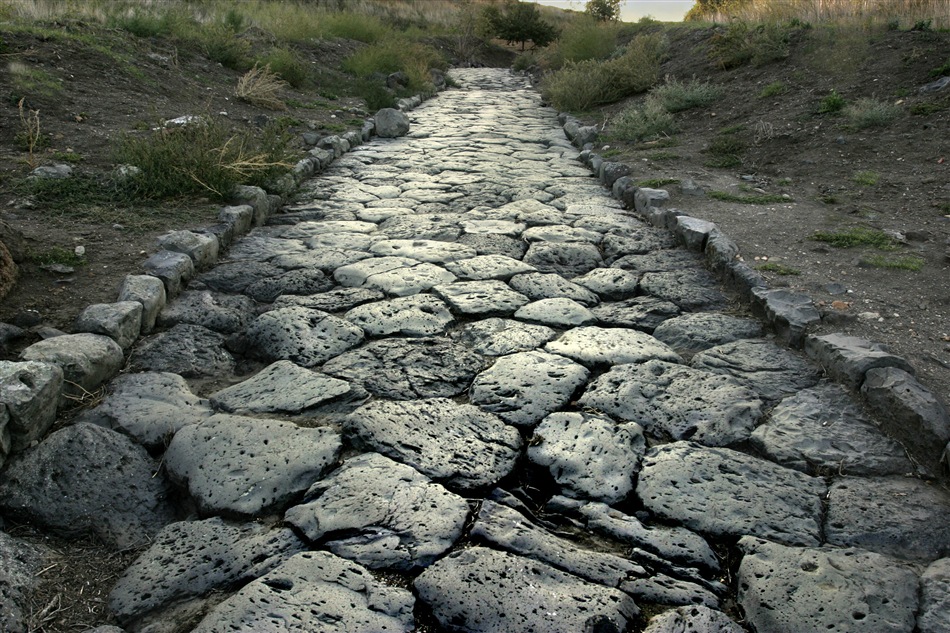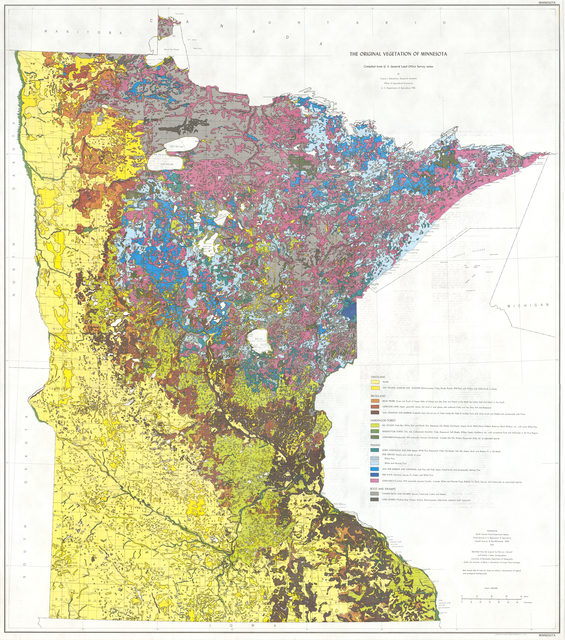
I met a woman who worked on restoring rivers in the U.K. Much like our goals here, she was directed by E.U. policy to restore the condition of the stream to pre-settlement conditions. In Minnesota, that is a mere 200 years or so. In the U.K.? Pre-Roman — 100 B.C. to 450 A.D. — was what she was shooting for, a seemingly impossible task! (Well, start by taking out those pesky Roman roads).
The first task in restoring a water body is in knowing what it used to be. We are lucky in that we can extract information from original land surveyors’ reports to understand what the landscape looked like when they walked section lines. They recorded the witness trees at section corners and sketched in vegetation and shorelines. We can even learn the width of certain streams, in rods that is. Those surveyor notes have been scanned and are available online (in case you’re curious about a particular place) but prior to that were compiled in the so-called Marschner map that records pre-settlement vegetation.

From this map we can see that about a third of the Minnesota River watershed and a lot more of the Red River watershed were in wet prairie or wetland (darker yellow areas). These shallow depressional areas stored water and allowed it to soak in slowly, replenishing groundwater rather than sending it directly to the streams. Too much water in the streams causes more frequent flooding, erosion of stream banks, turbid water, permanently wider valleys, and infilled floodplain lakes.
Today the depressional storage areas or prairie potholes are almost entirely gone, as are many of the shallow lakes. Town names like Bird Island and Buffalo Lake just don’t make sense in a drained landscape. Ditching and tiling have resulted in a wholesale rearrangement of our drainage system. Most of us are unaware of these rural equivalents to our gutter and storm sewer system. We count on them in the metro; farmers count on them in their fields. But at what cost to water quality? In both places, slowing water down before it reaches the stream would be beneficial.
One of the best approaches to returning our rivers to more reasonable flows and sediment loads is to again store water on the land so streams will begin to heal themselves. This is an ongoing focus of the work of Freshwater Society. Soak it up, Minnesota. It’s good for all water in the state.
— Carrie Jennings, research & policy director